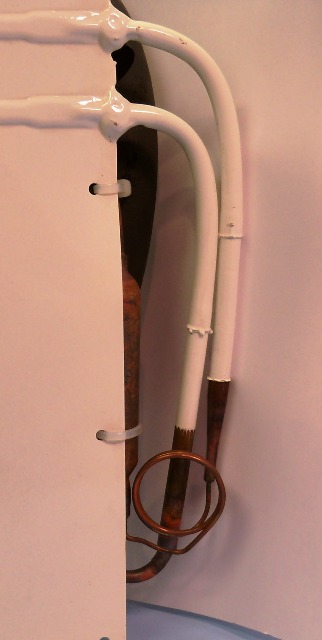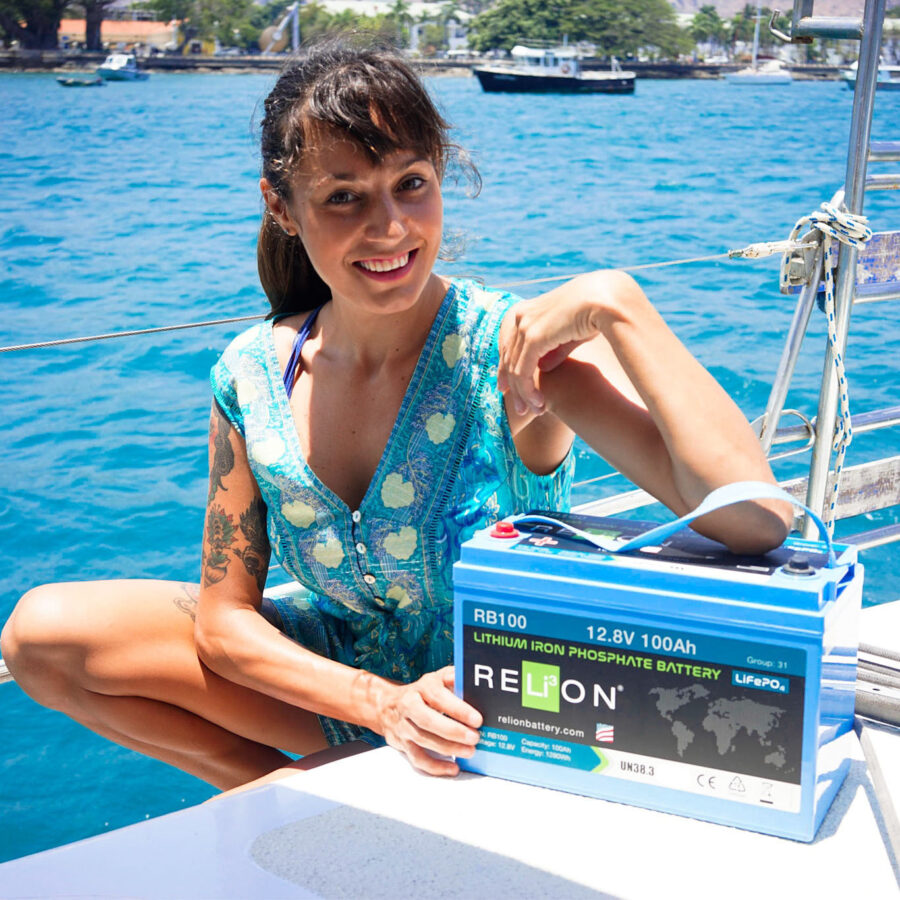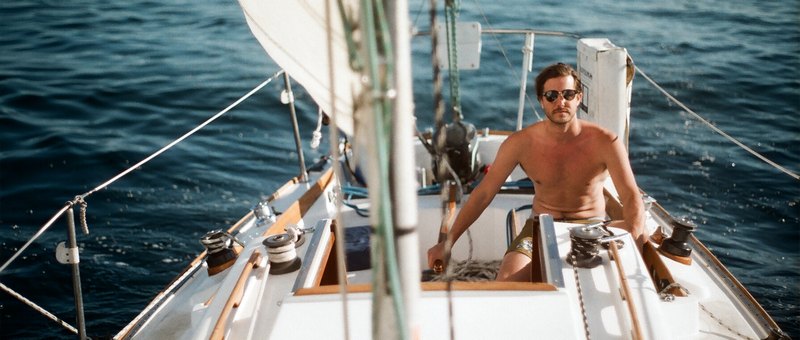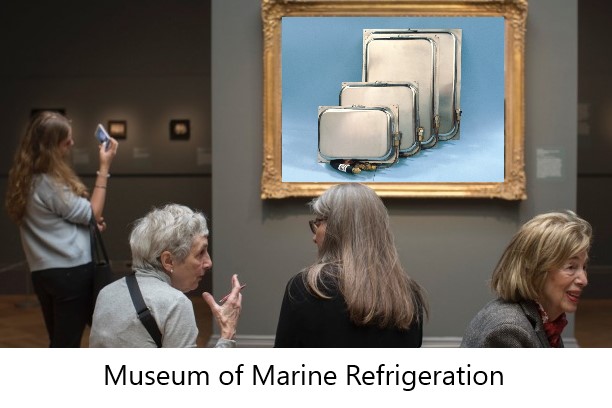about Frigoboat refrigeration
I am so happy with your [4-pin] controller I could jump up and down scream and holler! I have a Danfoss 12v unit in my Bristol Bay 32' Salmon Gillnetter built in freezer fridge unit this solution was better than trying to redo the freezer box area thank you for your product Danfoss told me there was no controller to be found they were wrong!
- John U., Kodiak, AK
Both you and the product gets 5 stars.
First, ordering on line was easy and straight forward. I appreciated the follow-up call on the credit card, as our billing and shipping address isn’t match. Can’t be too careful these days, and it was nice to have a company that verifies. The product shipped promptly and arrived as promised.
The Merlin II speed controller works great and really provided energy savings better than what we expected. The controller helped bring down some temperature swings we were experiencing with the manual controller, and cut down on our energy usage.
- Karl K, San Pedro, CA
I can't say enough of how happy we are with our frigaboat freezer and fridge system on our Hylas 56.
- Ray K., USA



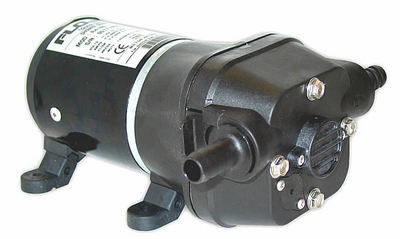
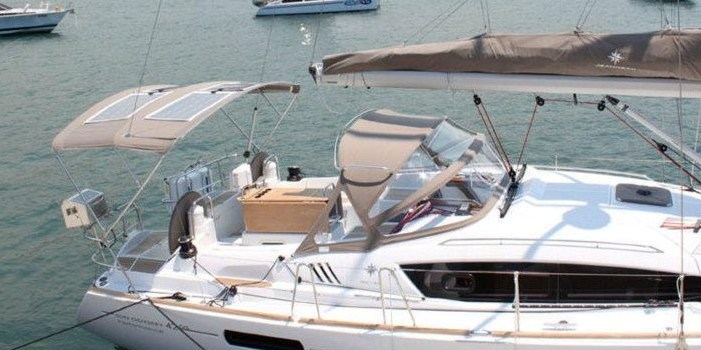



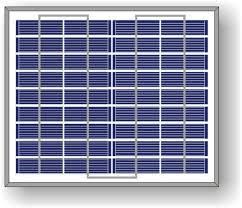

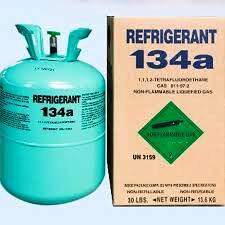 There is much talk and discussion in certain forums about how to determine the correct refrigerant charge level for a capillary tube refrigeration system, but there is only one, simple method that will result in the perfect charge in a Frigoboat system; the frost-line method. Pressures and current draw can be monitored to confirm that these are within expected limits, but there is no better way to guage the refrigerant level than with the frost-line method.
There is much talk and discussion in certain forums about how to determine the correct refrigerant charge level for a capillary tube refrigeration system, but there is only one, simple method that will result in the perfect charge in a Frigoboat system; the frost-line method. Pressures and current draw can be monitored to confirm that these are within expected limits, but there is no better way to guage the refrigerant level than with the frost-line method. We handle many calls for troubleshooting help, and the vast majority end up being electric problems, mostly with the boat’s power supply to the Frigoboat unit. While the voltmeter on the distribution panel might show more than adequate power, it is what comes out of the end of the two wires at the Frigoboat unit that counts, and there is a lot of potential in the wiring for gremlins to creep in and spoil the party.
We handle many calls for troubleshooting help, and the vast majority end up being electric problems, mostly with the boat’s power supply to the Frigoboat unit. While the voltmeter on the distribution panel might show more than adequate power, it is what comes out of the end of the two wires at the Frigoboat unit that counts, and there is a lot of potential in the wiring for gremlins to creep in and spoil the party.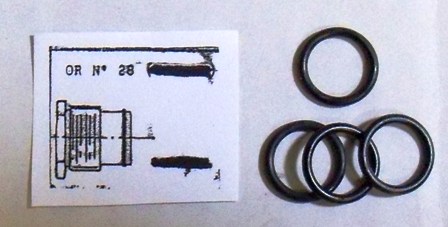 The couplings used on Frigoboat component refrigeration systems are proprietary to Frigoboat and are designed for long and trouble-free service. Some time ago it was noticed that there was an increase in reports of leaking
The couplings used on Frigoboat component refrigeration systems are proprietary to Frigoboat and are designed for long and trouble-free service. Some time ago it was noticed that there was an increase in reports of leaking 